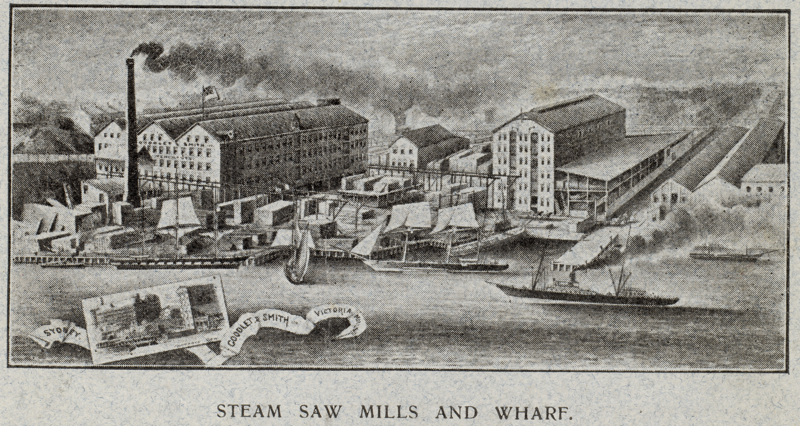Elizabeth
Date Built: 2000
Architect: Daryl Jackson Robin Dyke
10 storeys, 44 New York style apartments. Retains original red bricks and art deco facade. Overlooks Johnstons Bay and Pirrama Park. Site of CSR boiler house.
Elizabeth
1850
Elizabeth was the wife and much better half of ambitious and litigious John Macarthur, soldier and entrepreneur. In 1799 John bought 55 acres on the peninsula, from Sergeant Obadiah Ikin. (Ikin had bought it three years earlier, from the original grantee, Private Thomas Jones.)
During John’s many trials and absences, Elizabeth managed his interests. It was during a picnic of their friends in 1806, that Pyrmont gained its name through its resemblance to the elegant German spa resort, Bad Pyrmont.
The rustic charm was soon shattered. The land was unsuited to farming, but early colonists took timber for houses and public buildings, and spread from Sydney to build cottages on the eastern shores of Pyrmont. When John died, his estate was subdivided and industries grew up on the waterfront. Thomas Chowne bought this land in 1840. His shipyard built 13 vessels over the next twenty years. Shipyards were the hub of local economic development, attracting industries such as Goodlet & Smith timber yard (across the bay from this site), Low and Meeks tin smelters (next door), City Iron Works and Fyfe’s Foundry.
Inland there was more heavy industry. During Australia’s golden age, Sydney architects demanded yellowblock sandstone for the city’s grand new buildings. Large-scale quarrying began, and horse-drawn wagons hauled vast quantities of stone through the peninsula to the city’s building sites.
Most of the workers lived close to their jobs: by 1850 Pyrmont boasted 130 dwellings. Pubs opened: so did churches – a Presbyterian Chapel in 1842, St Bartholemew’s Anglican Church in 1850, a school in Mount Street in 1857, and St Bede’s Catholic Church in 1867.
Roads were built, bridges were built to Glebe and to the city; in 1856 the railway reached Darling Harbour. In 1864 a police station protected a precinct that had been incorporated into Sydney since 1844, but centred on the anchorage of Elizabeth Macarthur Bay.












